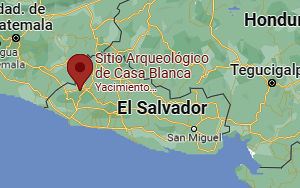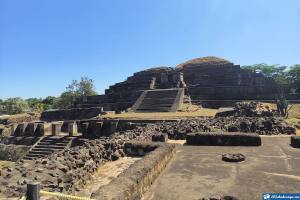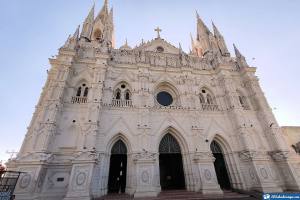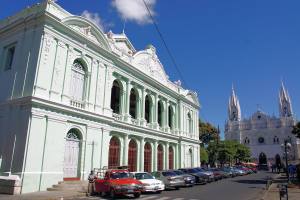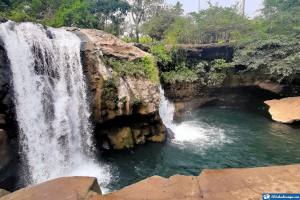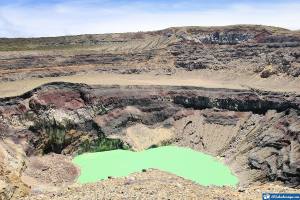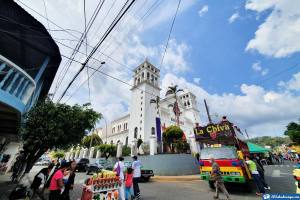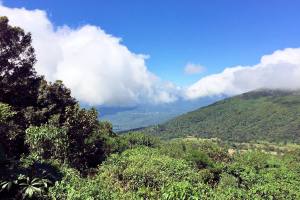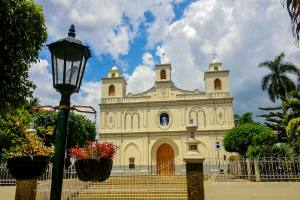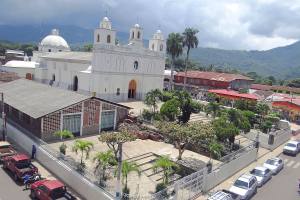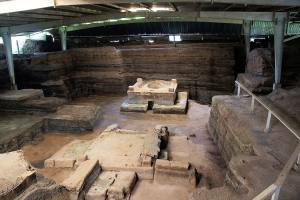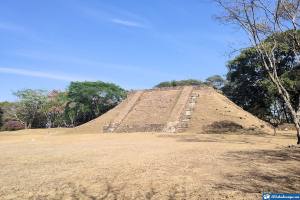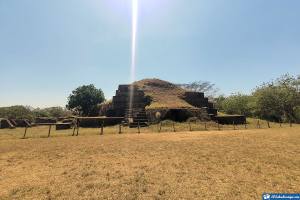Casa Blanca Archaeological Site dates from the pre-classic and classic periods. An archaeological zone in Chalchuapa, Santa Ana.
It’s close to Guatemala, facilitating commercializing products such as obsidian, porcelain, and other items made with Kaminaljuyú. The Teotihuacan and Olmec communities established their influence.

SITIO ARQUEOLÓGICO CASA BLANCA - Lugares Arqueológicos de El Salvador. Foto por ElSalvadorViajar.
In turn, it is closely related to the local strips of El Trapiche, Cuzcachapa, and Laguna, among others. With its six structures, this important archaeological site invites us to enjoy a tiny plaza with barely 50 square meters. It is between two of these structures, which are among the oldest.
Its fifth structure is one of the largest, approximately 15 meters high. The rest of these monuments are under the sands, of which only mounds can be seen on the ground.
Casa Blanca Data
| Country: | El Salvador |
|---|---|
| Department: | Santa Ana |
| Category: | Archaeological Sites |
| Route: | Mayan Route |
| Culture: | Maya and Olmeca |
| Period: | Classic/Preclassic |
On August 22, the Casa Blanca archaeological site was declared a park after the State acquired the area in 1977.
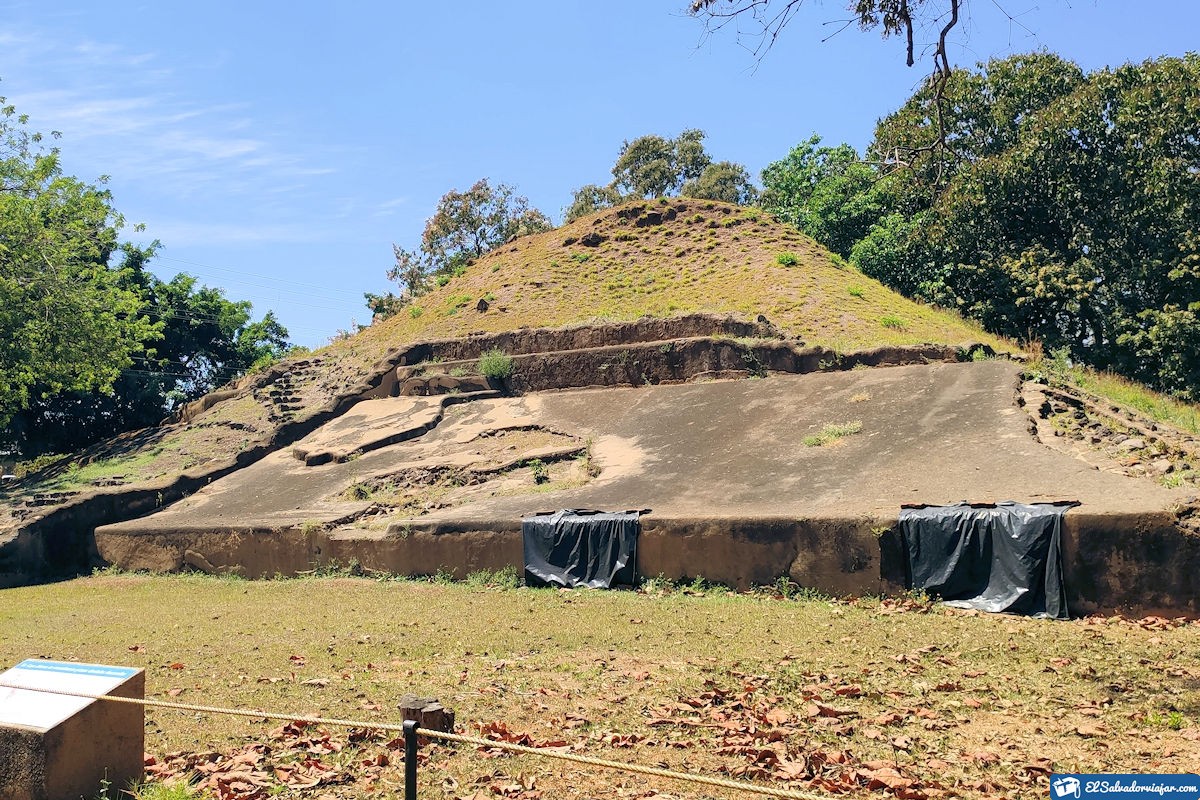
Its museum has a beautiful monument of El Trapiche, where you can see the only vestige of the Maya manuscript. Representing the little that exists of the explorations of glyphs and the form embodied that’s Known in El Salvador.
On the other hand, this archaeological zone invites you to visit its Indigo Workshop, which is attended by personnel specialized in the tradition and culture of the area. In addition, it has a staff called “Puntero,” who is nothing more than the person in charge of giving the touch to the natural dye from the raw material.
What to see at Casa Blanca Archaeological Site?
The Archaeological Site of Casa Blanca offers many options for tourism, which you can learn about below.
Pre-Hispanic Structures
For those who enjoy fascinating structures and sculptures from past eras, the Casa Blanca Archaeological Zone houses six systems dating from pre-Hispanic times. You can see three pyramids and three smaller forms up close.

These pyramids are the result of a long period of research and conservation carried out by the Archaeological Project of El Salvador, promoted by Nagoya University. In the process of restoration, two fragments of these pyramids are visible in the surroundings of the park’s path.
Casa Blanca Archaeological Site Museum
Inspired by the shape of the old mansions that were seen in the haciendas of the colonial era, the Site Museum welcomes us to delight us with its exhibits with long corridors that surround a peaceful central courtyard with its tile and adobe materials.
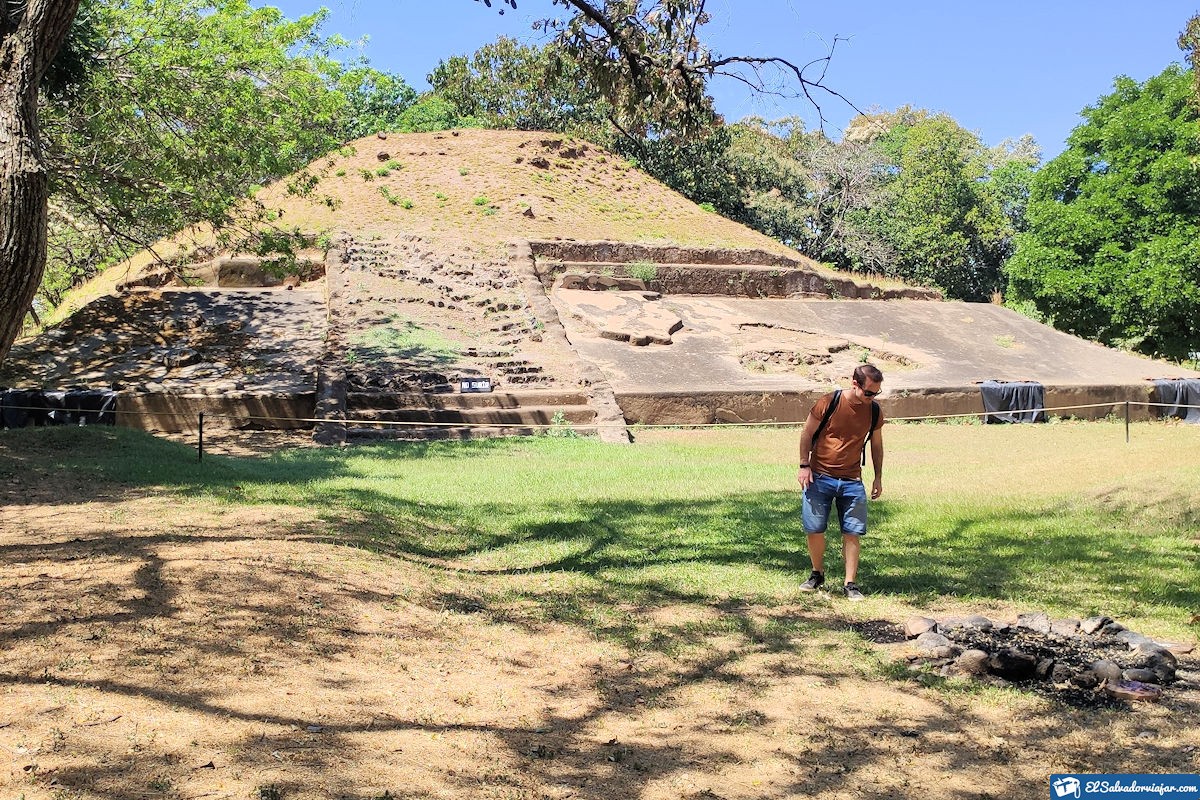
In the museum, most of the pieces date from the Late Preclassic period. The well-known Usulután Izalco porcelain stands out, decorated with lines on a soft orange base.
Also, the Lolotique porcelain is characteristic of this period. But towards the western half of the Salvadoran region, where the amphora is the most common representation.
The Archaeological Window
Being one of the first excavations carried out by the current archaeological project, it is covered, facilitating the observation of natural sediments. Here you can observe a white mantle of volcanic dust resting in the area due to the enormous eruption of Ilopango in the V century AD.
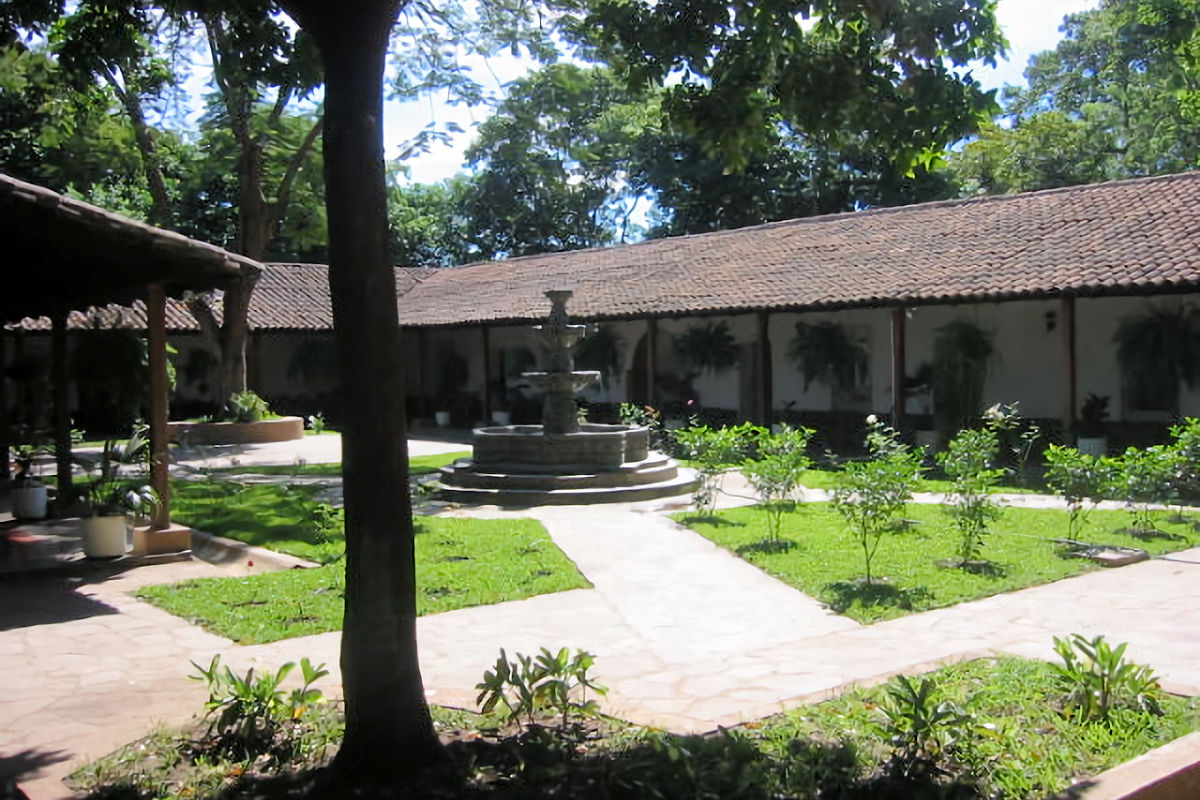
The Indigo Workshop
One of the most frequented places by tourists and locals is the famous Indigo Workshop, which you can only enjoy here at the Archaeological Site of Casa Blanca—established with the technical and financial support of the Government of Japan. Here you will be able to appreciate the different techniques of natural blue dyeing and the surfaces on which you can use it.
How to get to Casa Blanca Archaeological Site?
The route to get to the Casa Blanca Archaeological Site is not difficult. You must take the road from Chalchuapa to Santa Ana if you go by private vehicle. You must drive to km 74 ½, cross the intersection to the border of Chinamas and be attentive to the signs on the road. There you will find the entrance to the park.
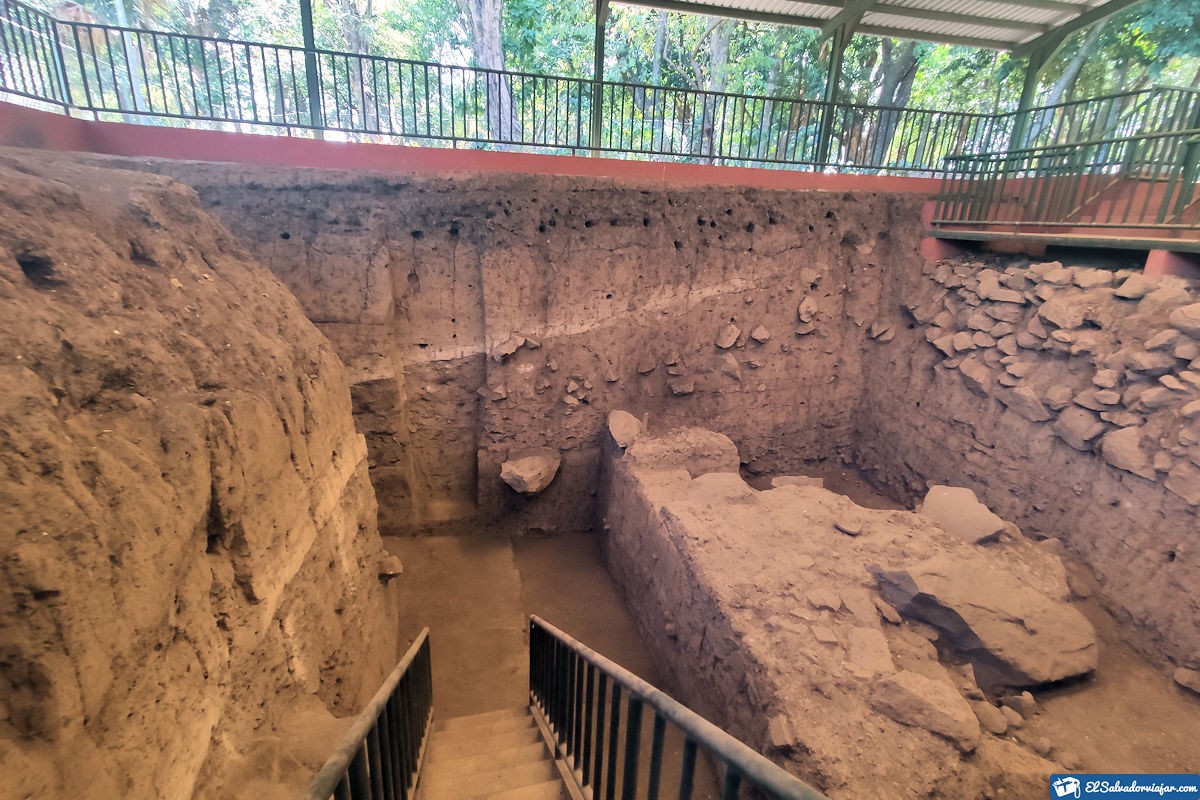
On the other hand, the park has opening hours and entrance fees, which are as follows.
- Opening and closing hours: Tuesday through Sunday from 9:00 am to 4:00 pm.
- The entrance fee for national and Central American visitors is $1.00.
- The entrance fee for resident foreign visitors is $3.00; for non-residents, the price is $5.00.
- The entrance fee for children under eight, people over 60, and handicapped is free as long as they are citizens.
- In the case of vehicles, parking at the site is $2.00 for buses, $1.00 for light cars, and $0.50 for motorcycles.
Recommendations for the visit to the Casa Blanca Archaeological Site
Because the area where the Casa Blanca Archaeological Site is located, and that has a 35 to 45-minute walk, it is vital to take into account the following:
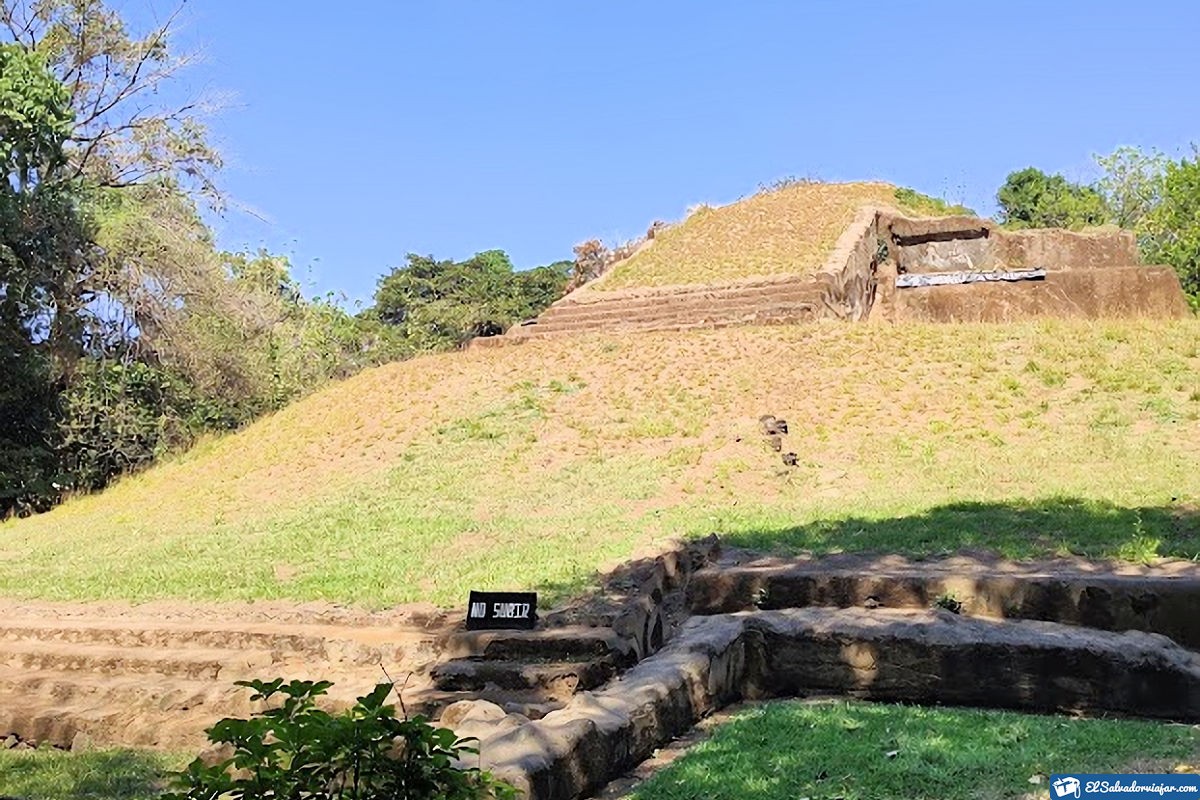
- Reserve the guided tour of the Casa Blanca Archaeological Site 24 hours in advance.
- Bring plenty of water or hydrating drinks for the time being.
- If you plan to spend the whole afternoon inside the park, it is essential to bring your food.
- Bring a hat or cap, sunglasses, and insect repellent.
- Cameras are allowed in the park facilities.
Nearby places to visit
If, in addition to the Casa Blanca Archaeological Site, you wish to visit other emblematic places in Chalchuapa, you will also find Tazumal and El Trapiche. In the case of Tazumal, you will have the opportunity to see a structure of approximately 2 hectares and 24 meters high. An area destined for the Mayan Ball Game, the National Museum of Anthropology, among others.
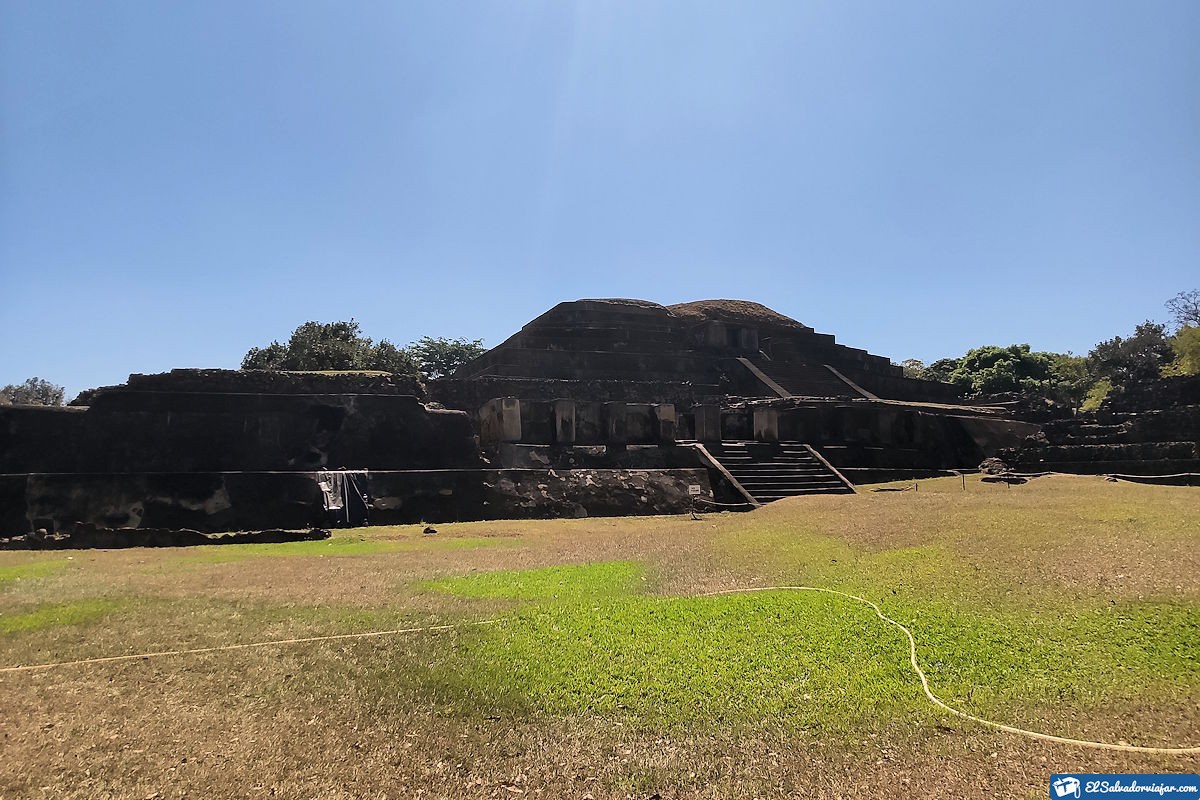
While in El Trapiche, you can find the tallest structure in the country, hieroglyphs, the temple for sacrifices, and more. In short, all the Mayan history is told through the most emblematic places of El Salvador.
